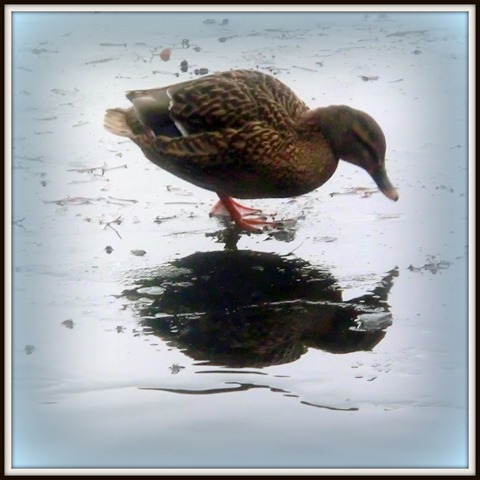The Vicar of Wakefield by Oliver Goldsmith, first published in 1766, is an English classic so classic that it’s frequently mentioned in other classics. It’s been referred to by prominent authors such as Jane Austen, George Eliot, Charles Dickens, Charlotte Brontë and Louisa Alcott. I’ve probably been familiar with the title ever since my early teens; but I never actually read the book until now.
Just having struggled through it, I have to say I don’t blame my English professors at (Swedish) University for not including it in the course reading. I’d lie if I said I found it an easy read. The vocabulary as well as the ideas seem rather antiquated to a modern reader – even when not unused to reading other classics.
I did find it enlightening in the sense that I now finally have a better idea of the style and content of the book, and how it may have influenced other authors. I’m not quite sure what I expected, but I think on the whole I imagined it to be more on the quiet side. While it starts out that way, there’s actually quite a lot of action and twist and turns in the story before the end. In my eyes the quality as well as the “pace” of it is a bit uneven. It’s also not easy, as a modern reader, to quite determine how much it is meant to be taken seriously or as satire.
The narrator of the story is the vicar himself, Reverend Dr Charles Primrose, telling the story in retrospection. At the beginning he is quite a wealthy man, living off an inherited fortune. He’s a good man of firm principles, but charitable, and taking pride in being a good husband to his wife, a father of six children – four of them nearly grown up, and two little ones – and a good friend and generous neighbour. There is one religious thesis that is a bit of an obession with him though, and that is the idea of strict monogamy. (Meaning that while he warmly encourages marriage and family life, he does not believe anyone should remarry even if their partner dies.) As might be expected, his convictions are sort of put to the test in the course of the story.
The family’s luck begins to turn quite early on in the story, when he loses his fortune, and they’re forced to a humbler way of life than they’ve been used to. In fact, as the story goes on, it becomes rather obvious to me that the storyline is roughly based on the book of Job in the Bible, even if I don’t think Job is ever referred to ‘in so many words’. But if you have some idea of the story of Job, he was a righteous man who was put through a great deal of trials, losing one thing after another, except his faith – although even that was shaken about a bit before the end. And there is a similar thread in this novel, even if the parallels with Job are not quite so obvious that every twist and turn in the story is predictable.
There are some rather tedious parts with long speeches etc. But there are also other parts where quite a lot happens in a short time.
I’m not sure it serves much point to “rate” a classic like this. It was not an easy read but then I did not expect it to be. What I found helpful was that besides the free Kindle ebook it was also available as cheap Whispersync Audible book ($3.44). I read some chapters and listened to some, and when I lost concentration with one method of reading I could switch to the other. As it did not cost more I found it well worth the investment in this case.

Measuring Heights: A scene from Oliver Goldsmith's "The Vicar of Wakefield". W.P.Frith.1863. Oil on canvas, 53.5 x 68 cm (Wikimedia Commons) (A scene from Chapter 16: Olivia Primrose and Squire Thornhill standing back to back, so that Mrs. Primrose can determine who is taller.)
…
The author, Oliver Goldsmith (1730 – 1774), was an Anglo-Irish novelist, playwright and poet. No doubt the novel has some foundation in his own experiences. His own father and grandfather were clergymen and he grew up in a parsonage. He went away to university but was not successful neither in his studies nor in finding a profession. After a walking tour in Europe, “living by his wits (busking with his flute)” he settled in London in 1756, where he briefly held various odd jobs. He became friends with Dr Samuel Johnson, and it was Johnson who helped Goldsmith to get his novel sold, to settle a debt to his landlady.
…
A few quotes to give you a taste of the style:
when any one of our relations was found to be a person of very bad character, a troublesome guest, or one we desired to get rid of, upon his leaving my house, I ever took care to lend him a riding coat, or a pair of boots, or sometimes an horse of small value, and I always had the satisfaction of finding he never came back to return them. By this the house was cleared of such as we did not like; but never was the family of Wakefield known to turn the traveller or the poor dependent out of doors.
---
Unequal combinations are always disadvantageous to the weaker side: the rich having the pleasure, and the poor the inconveniences that result from them.
---
The pain which conscience gives the man who has already done wrong, is soon got over. Conscience is a coward, and those faults it has not strength enough to prevent, it seldom has justice enough to accuse.



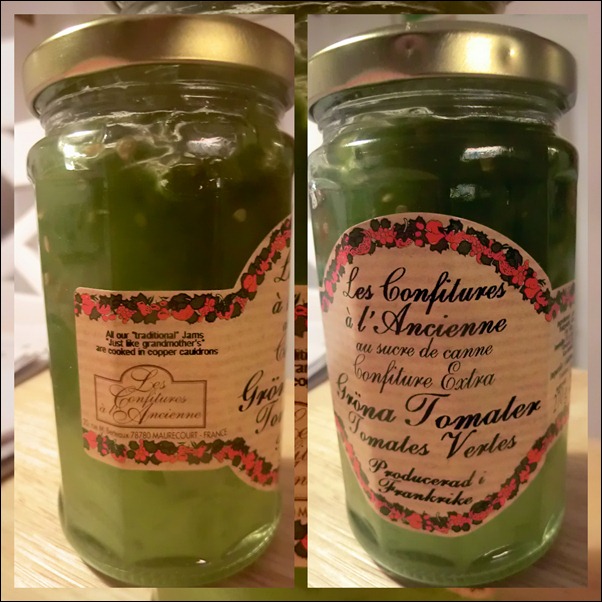



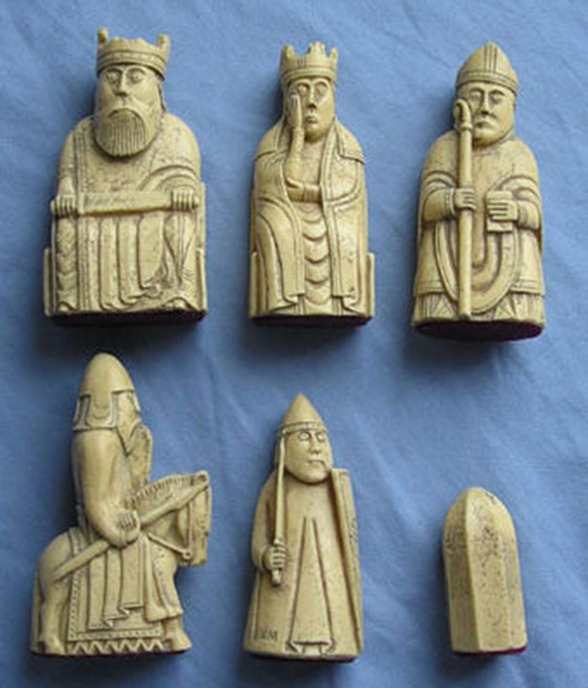

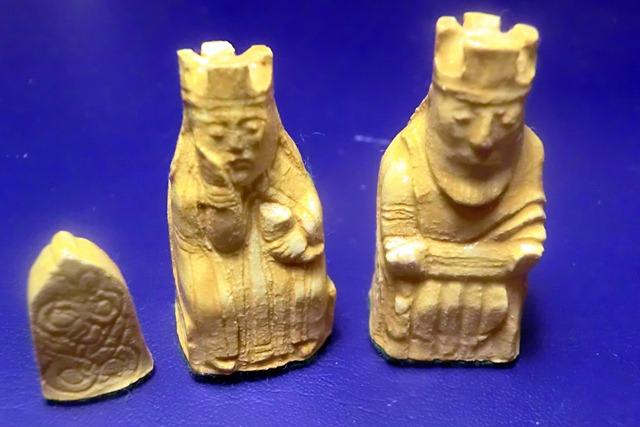
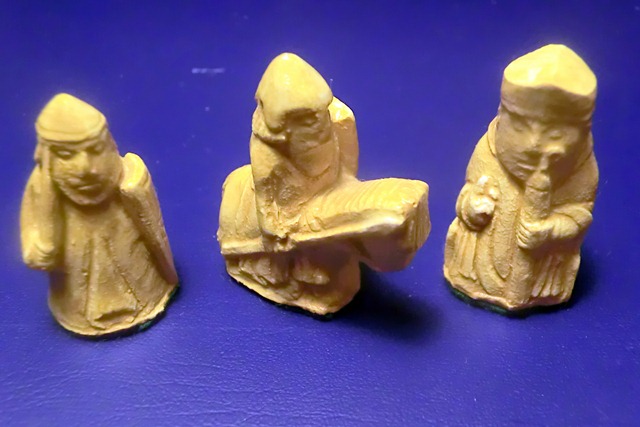







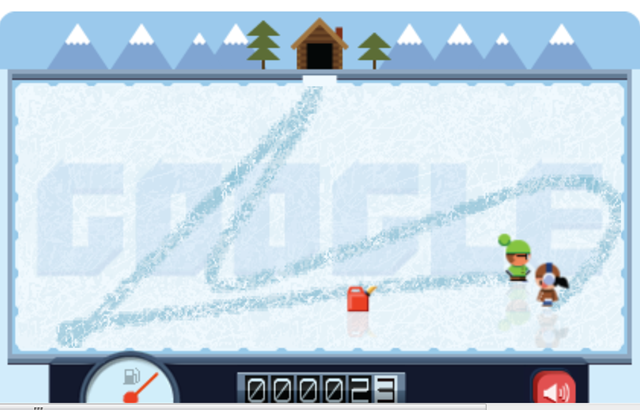
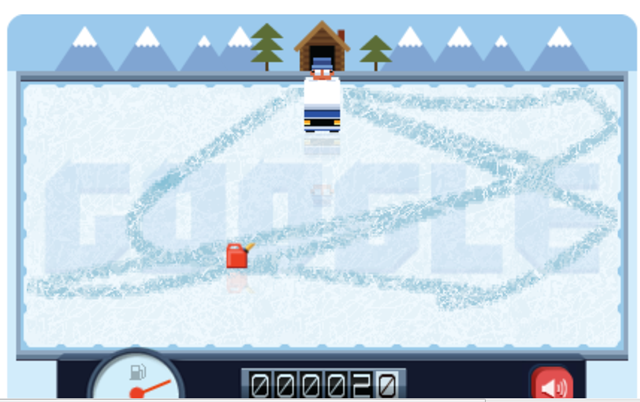
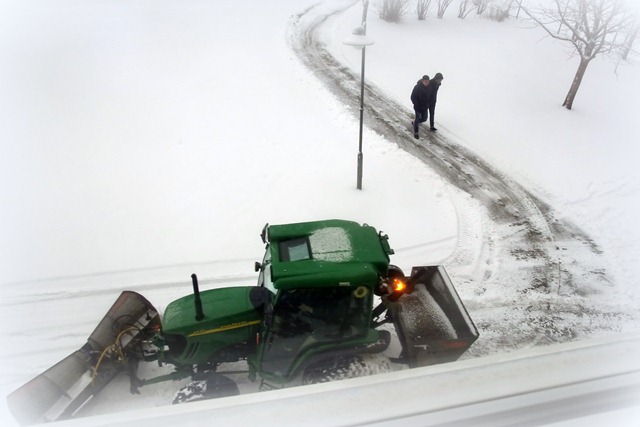






![DSCN5063 [2010] DSCN5063 [2010]](http://lh6.ggpht.com/-PJDZxjD8Dak/UPLDHXAGbwI/AAAAAAAAJ7s/ZK11Ndq-A0k/DSCN5063%252520%25255B2010%25255D%25255B6%25255D.jpg?imgmax=800)






